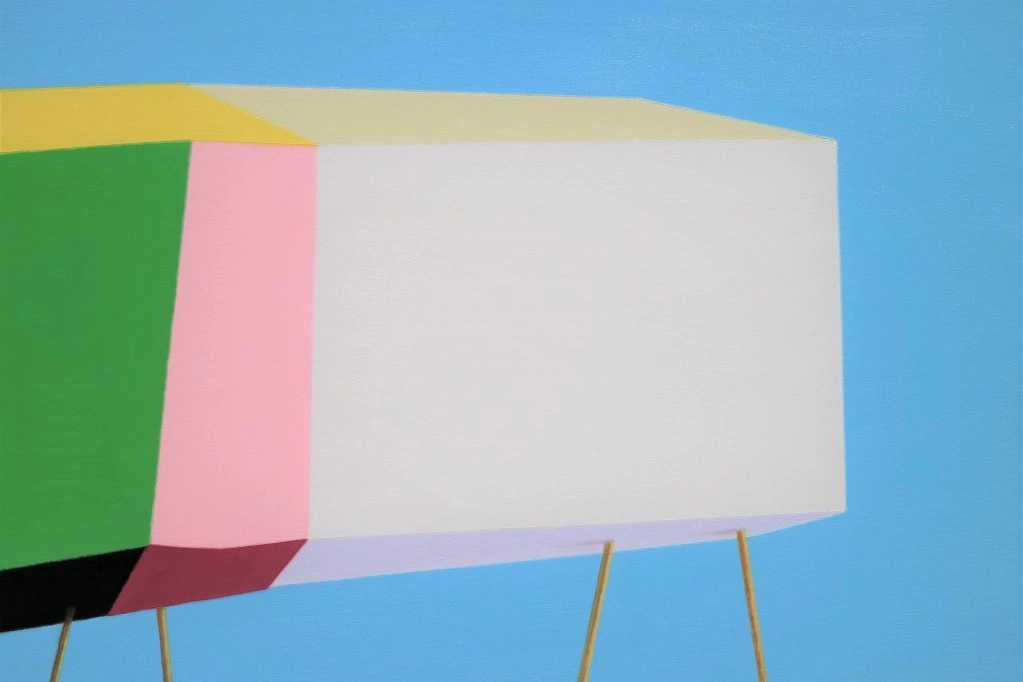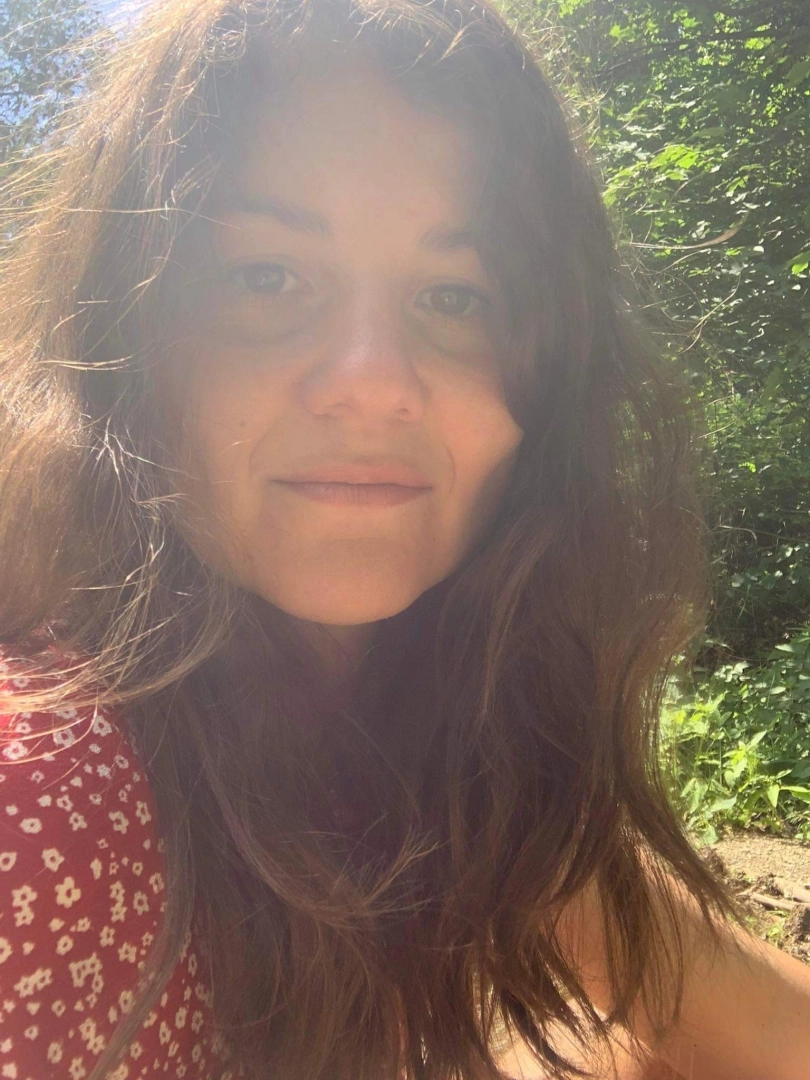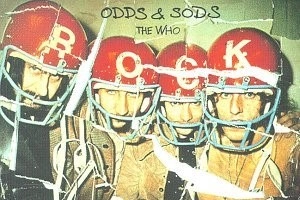Fine art and the art of surfing have always been unexpectedly closely related. Historically, the origin of this sport is usually attributed to Polynesia (Hawaii), but other research, for example by the Italian surfing historian Niko Zanella, suggests the beginnings of wave riding may be found e.g. in China (since the Song dynasty). Zanella came across the description of the wave riding while reading classical Chinese literature and then wrote the book Children of the Tide, in which he focused on the connections between the art of riding the waves and Taoist breathing techniques or the fluidity of calligraphy.
Age-Old Love for Waves
Surf culture has been parallelly developing in different parts of the world. The term "surfer" nowadays generally refers to a person who rides a wave on a board, regardless of their stance. Peruvians surfed on reed vessels, while the original inhabitants of the Pacific surfed the waves on alaia, paipo and other water vessels. In ancient cultures, people often surfed on their stomachs and knees, while the modern definition of surfing most often refers to a surfer who rides the wave standing upright.
.jpg)
For ancient Hawaiians, surfing had a deeply religious meaning. Memories of remarkable surfing performances have been preserved in poems and songs passed down since the 15th century. For example, a local Christian church in Huntington Beach, CA gathers for morning service at the beach and then they ride the local waves together. Surf culture is also often associated with environmental activism today. One very legendary example is the mosaic of the Surfing Madonna of Encinitas. The Surfing Madonna appeared in Encinitas, CA in April 2011. It's ten feet high and at first it was considered to be removed because it was placed on the wall illegally. Since then, however, it has become a symbol of the environmental activist movement; the artist Mark Patterson claimed the authorship, paid a fine for it, and subsequently had the already cult mosaic relocated. The Surfing Madonna is also the name of a foundation through which people make donations used for preserving the ocean.

Surf art
"Surf art" is an established contemporary art style associated with its subculture, which clearly blurs the borders between high and low art. It appears in gallery paintings or photographs as well as posters, leaflets and clothing, and is strongly influenced by "skate art". It is also based on the so-called "marine art" which focuses on the artistic capturing of the sea. Popular surf art artists include Drew Brophy, Damian Fulton, Rick Griffin, Bill Ogden, Jim Phillips, Rick Reitveld, or Phil Roberts.
%20Gold-Rush.jpg)
Just like skateboarding, surfing naturally also emphasises the design of the "board" itself. Artist Dirk Westphal from New York mixed his original profession as a freelance photographer with his other hobby – surfing – and started creating his own surfboards. He considers their surface another medium suitable for presenting his own photos, but at the same time he is able to make the entire surfboard only by himself, and even shoots videos with DIY tutorials on how to do it.
Today's Internet is full of websites dedicated to grouping artists whose main motifs are the sea and surfing (for example, the site clubofthewaves.com groups not only fine artists, but also photographers and filmmakers engaged in capturing the sea and surfing). Like Dirk Westphal, some of them have shifted from computer screens, photographic paper or canvas to the surfboard surface.
Surf in gallery
"Surfers were stallions ruling the beach, they could tame the sea and were resistant to the elements. They knew how to pick up sexy girls. They were simply cool," says for the Club of the Waves Damian Fulton, a cartoonist who worked not only for Marvel and Disney, but also for various sports magazines. Fulton spent much of his childhood on the beach, which is apparent from his drawings at first glance, and he was also a city child – his drawings reflect the clash of the untameable ocean and urban pop culture.
Surf art, initially occurring mostly in underground settings, has managed to spread to the upper levels of art culture already long ago: Ieva Baklane continuously captures houses of surfers in soft pastel and the artist Marc Rayner caricatured the phenomenon of naked surfers in his painting from 2021.
%20ieva-Baklane-Flach-La-Jolla-surfers-house-20-X-24-acrylic-canvas-2021-5-3-1024x858.jpg)
Worth mentioning is definitely the Ecuadorian artist Wolfgang Bloch, who in an interview for The Club of the Waves described how his work is influenced by trips along the Ecuadorian coast where his parents used to take him as a child: "The rich colors and texture of the land can be seen in my work today. All those trips looking out the window definitely made an impact on me. I love nature and the ocean, I love the way it smells and the way the breeze feels on my skin. I remember the excitement of seeing an empty wave doing its thing, with no one around."
%20WolfgangBloch__untitled_no-989-13_1615249801424.jpg)

.jpg)




